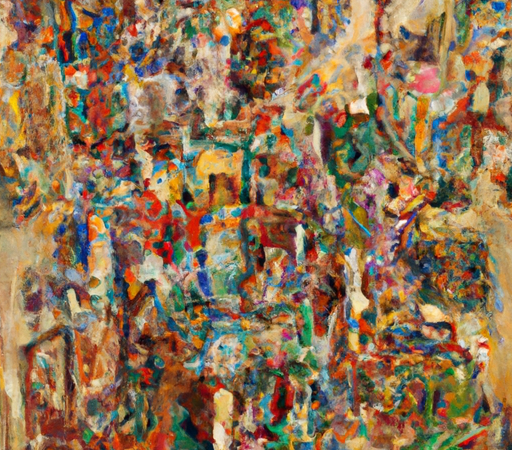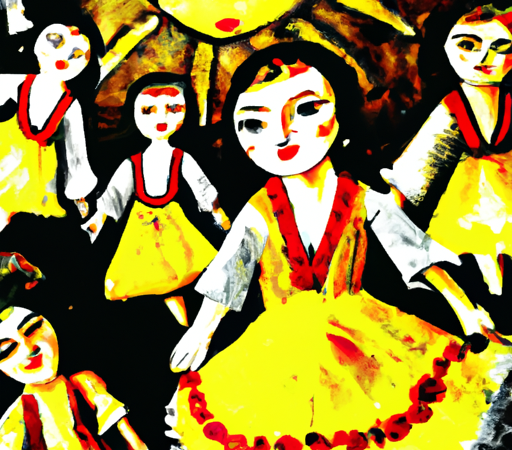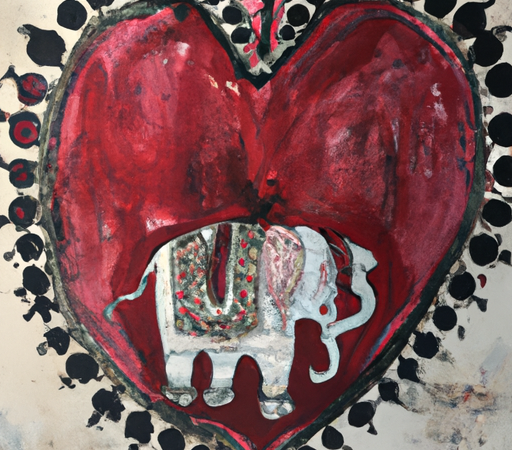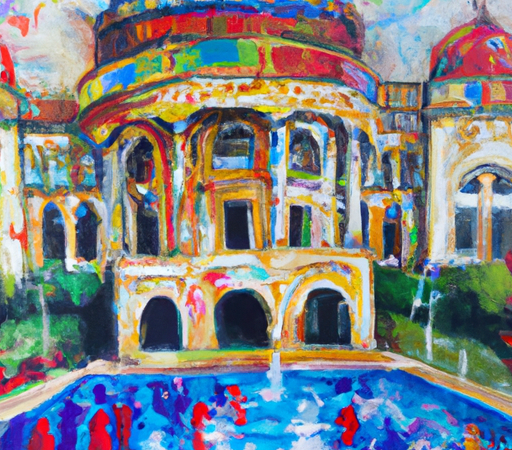Celebrating Art and Culture: Exploring the News and Historical Significance of Iconic Masterpieces
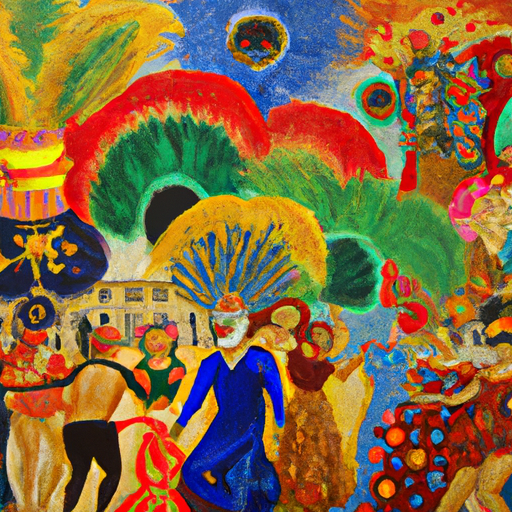
Art and culture have always been integral to human civilization. Through art, we are able to express our deepest emotions, challenge societal norms, and preserve the history and heritage of a nation. Iconic masterpieces stand as testaments to the creative genius and rich cultural heritage of different periods in time. They are not only artistically significant but also hold historical importance as they reflect the issues and events that were relevant during their creation.
One such masterpiece is Leonardo da Vinci's enigmatic painting, "Mona Lisa." Painted between 1503 and 1506, this portrait has captivated audiences for centuries. The enigmatic smile, the chiaroscuro technique used to create depth and form, and the intricate details have made "Mona Lisa" an iconic symbol of the Renaissance. Moreover, this painting has a historical significance as it represents the cultural and artistic achievements of the Italian Renaissance and its patronage by the Medici family.
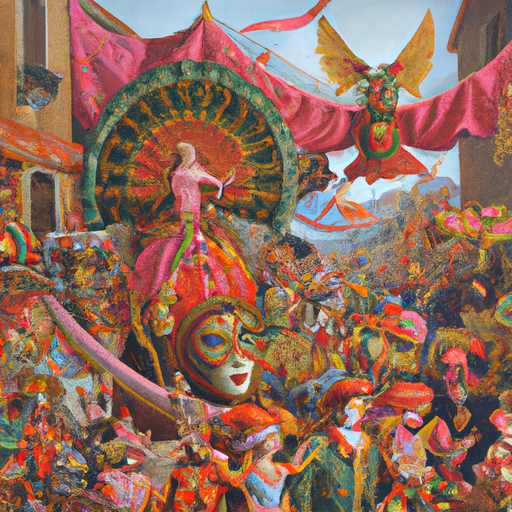
Another notable masterpiece is Vincent van Gogh's "Starry Night." Painted in 1889 while the artist was residing in a mental asylum, this post-impressionist painting showcases his unique style and intense emotions. The swirling brushstrokes, vivid colors, and the celestial depiction of the night sky make "Starry Night" an indelible image in art history. This painting not only demonstrates Van Gogh's revolutionary approach to art but also sheds light on the struggles and challenges he faced during his lifetime.
Moving forward in time, we encounter Pablo Picasso's groundbreaking artwork, "Guernica." Completed in 1937, this mural-sized painting serves as a poignant political statement against the bombing of the town of Guernica during the Spanish Civil War. Picasso's bold use of monochromatic colors, distorted figures, and fragmented forms convey the horrors of war and the suffering of innocent civilians. "Guernica" stands as a reminder of the power of art to create awareness and provoke social change.
These iconic masterpieces, along with countless others, not only represent the artistic achievements of their respective periods but also hold historical significance. They provide a window into the cultural, social, and political contexts of their creation, allowing us to better understand the past and the forces that shaped it.
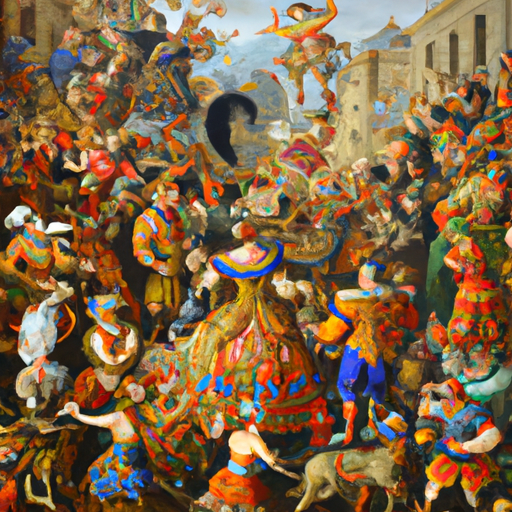
The celebration of art and culture goes beyond admiring these masterpieces. It involves delving into their historical significance, exploring the stories behind their creation, and understanding their enduring impact on society. Museums and galleries play a vital role in preserving and showcasing these artworks for future generations. They provide spaces where visitors can immerse themselves in the beauty and intrigue of masterpieces, fostering a deeper appreciation for art and culture.
Furthermore, technology has opened up new avenues for exploring and experiencing iconic masterpieces. Online platforms and virtual tours enable people from around the world to access these artworks remotely and learn about their historical significance. This accessibility promotes inclusivity and allows a wider audience to engage with art and culture in ways that were previously limited by geographical boundaries.
In conclusion, celebrating art and culture involves not only appreciating the aesthetic value of iconic masterpieces but also exploring their historical significance. These artworks represent the spirit of their times, reflecting the cultural, social, and political dynamics of their creation. By understanding and valuing these masterpieces, we gain a deeper insight into the diverse histories and experiences of humanity. Let us continue to celebrate art and culture as a means to bridge gaps, foster dialogue, and cultivate a more empathetic and knowledgeable society.

